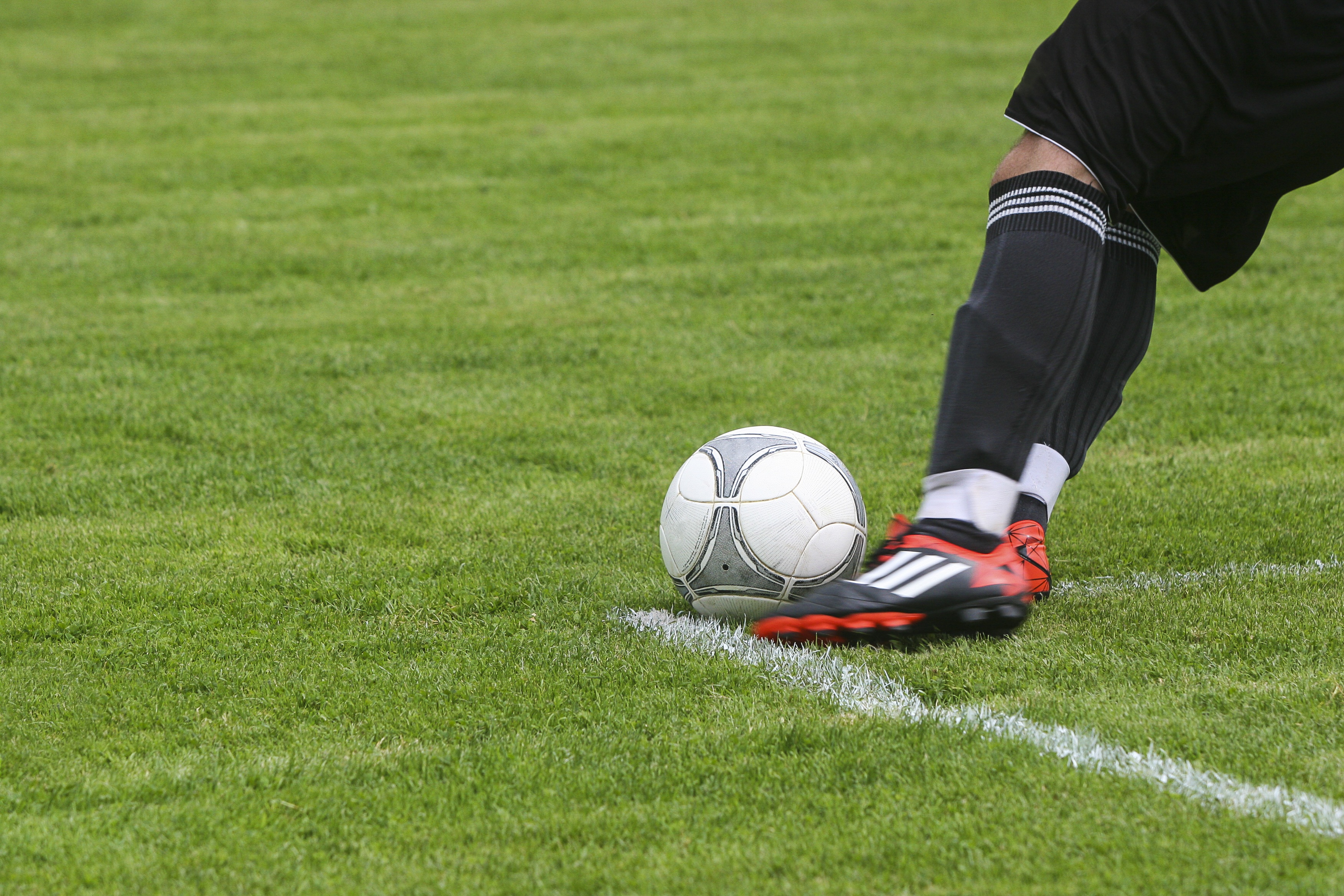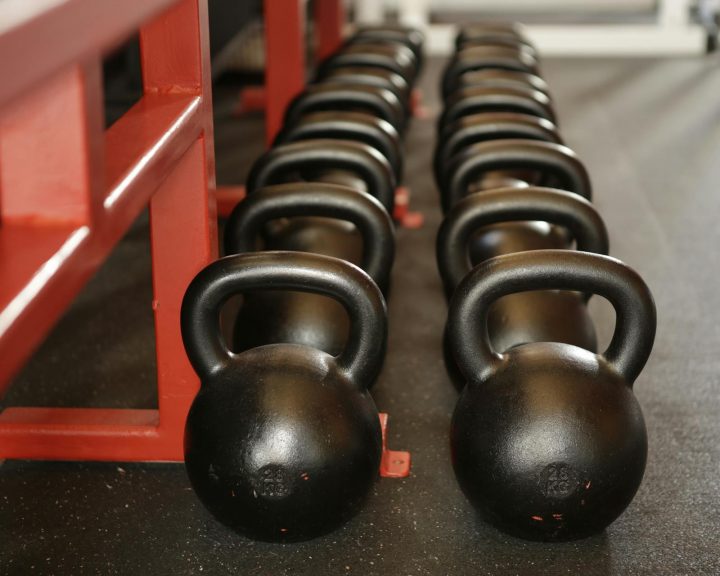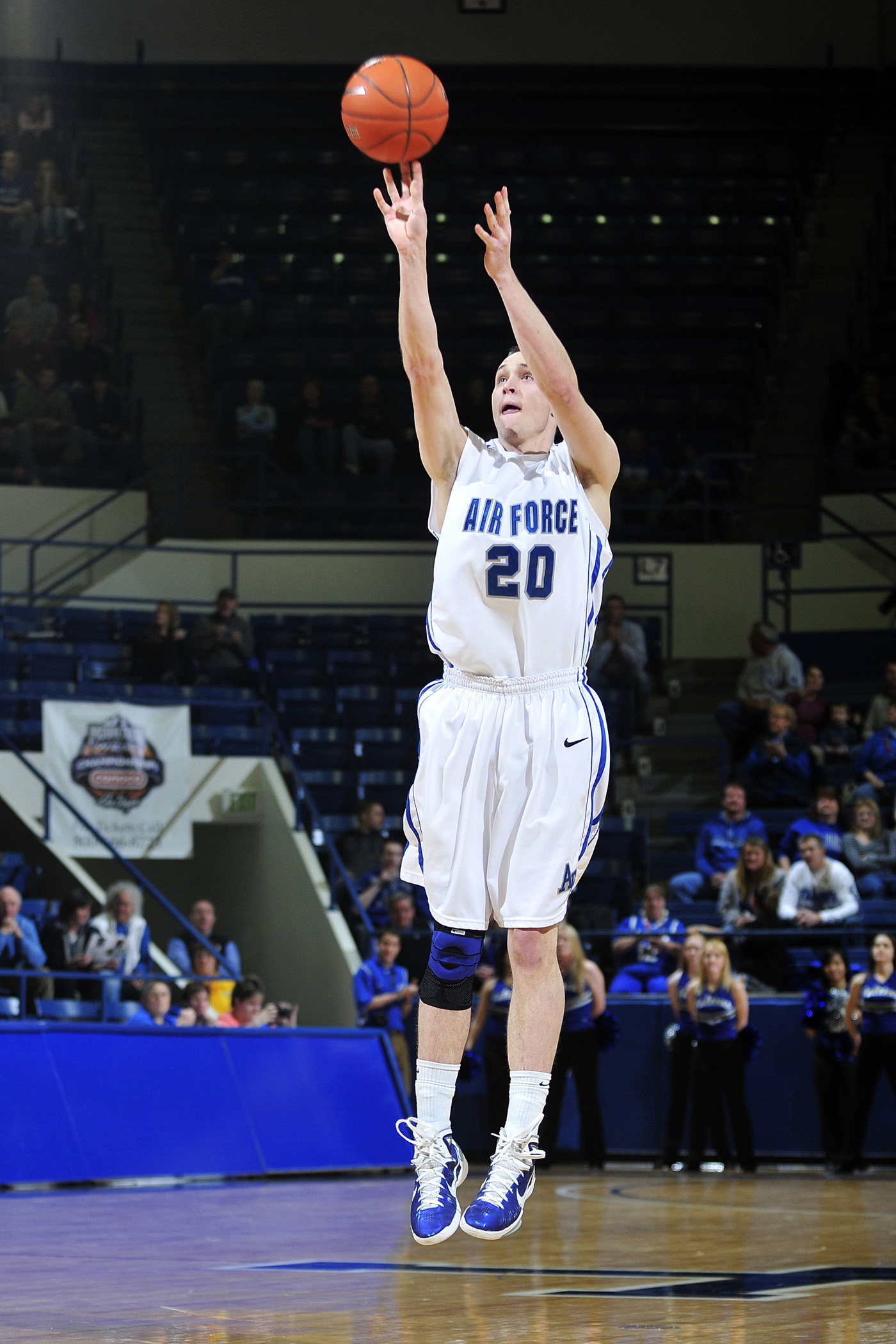Background
Soccer has always been a challenging sport for the strength and conditioning professional, especially when it comes to speed training. Over the years I’ve seen everything from having the athletes jog ten kilometers a day to having them run ten meters and then cut to the left. Some of these challenges are based upon tradition, some are the fault of the soccer coaches, and some are just due to a lack of knowledge about the sport. The great thing is that today we have a lot of information at our fingertips about the sport and how it is experienced in game situations. This brief review is going to look at what happens during soccer matches, what we know about the effectiveness of training interventions, and some take home messages. A future posting is going to tie all this together into sample programs.
Match analysis
Is sprinting even important for soccer success? Faude et al (2012) in an interesting study looked at the German national league and watched the goals scored during the 2007/2008 season. The authors found that straight ahead sprinting was the most dominant power move associated with scoring goals, in other words it is important for offensive success.
Now, how is it performed during a match? When reading about what occurs during a match, we have to keep in mind that this is going to be different based upon the level of the athlete, the level of the match, and the athlete’s position.
The first interesting thing is that athletes don’t spend a lot of time sprinting during a soccer match. According to Bradley et al’s 2010 study, which analyzes domestic and international European Championship League matches, 91% of the time is spent on relatively low-intensity activities like standing, walking, and jogging. Almost 6.5% of the time is spent running (which is defined as being between 14.4 and 19.7 km/hour), 2% on high speed running (up to 25.1 km/hour), and about a half of a percent of time is spent on sprinting (greater than 25.2 km/hour).
Now, this is a little different based upon level of the athlete. For example, Mohr et al (2008) found that top level Danish/Swedish players spent more time on high-intensity runs and sprints than lower level players.
This is also different by the position that the athlete plays. Andrzeiwski et al (2013) examined 10 European Football Association Cup matches in the 2008-2009 and 2010-2011 seasons. They found that the position an athlete plays has an impact on how much distance the player covers in sprinting during a match and whether those are short (<5 seconds) or long (>5 seconds) sprints. Basically, the forwards and external positions cover more distance sprinting and perform a greater number of sprints.
Interventional studies
How is sprinting trained with soccer players? The first thing to keep in mind, and this is hard for a lot of people, is that soccer players are not training for track and field. This means that we have the complete freedom to put their training together differently.
For example, some authors have found that simply performing small sided games in training is sufficient to improve sprinting speed. Owen et al (2012) studied elite Scottish soccer players and had them perform four weeks of periodized small sided game training. At the end of four weeks the athlete’s speed, repeated sprint ability, and aerobic capacity all improved. This is important because it suggests that the small sided games might be a tool that trains several things at once, i.e. we make good use of an athlete’s limited training time.
Some studies look at repeated sprints with different rest intervals. Little and Williams (2007) looked at different sprint distances, volumes, and rest intervals. In their opinion, 40×15 meters with a 1:6 work:rest interval came closest to simulating what players do in a game.
Other authors have actually studied speed training using the ball for soccer players. Jastrzebski et al (2013) studied U18 male soccer players and had them perform 8 weeks of speed training. Players trained in a progressive program of 5, 10, 15, 20, and 30 meter sprints. First few weeks they did 3x, next few 4x, last two weeks were 5x. One group used the balls one did not. At the end of 8 weeks, both groups basically improved their sprint time at the various distances by 2-4%. In other words, systematic sprint training performed with a ball seems to improve speed in young players, and it helps with ball skills at the same time – i..e it maximizes an athlete’s limited training time.
Take home
Sprinting is important in soccer. Among other things it seems to be an important part of scoring. This means that it is going to be important to train. However, soccer players are not track and field athletes. This provides some flexibility in terms of how they train to improve their speed.
Basically everything works for improving a soccer player’s speed. They can perform traditional sprints. They can perform repeated sprints. They can use the ball, or not. They can perform small sided games. All of this works.
The issue is a need to make the best possible use of their time. In the off-season there is more time for training, which means that more traditional speed training can be a focus. But, soccer players still need the ability to perform these sprints while fatigued so that endurance has to be developed. In-season, it makes sense to put more focus on small-sided games as they train a lot of qualities at one time including soccer skills and strategy.
References
Andrzejewski, M., Chmura, J., Pluta, B., Strzelczyk, R., and Kasprzak, A. (2013). Analysis of sprinting activities of professional soccer players. Journal of Strength and Conditioning Research, 27(8): 2134-2140.
Bradley, P.S., Di Mascio, M., Peart, D., Olsen, P., and Sheldon, B. (2010). High-intensity activity profiles of elite soccer players at different performance levels. Journal of Strength and Conditioning Research, 24(9): 2343-2351.
Faude, O., Koch, T., and Meyer T. (2012). Straight sprinting is the most frequent action in goal situations in professional football. Journal of Sports Sciences, 30(7): 625-631.
Mohr, M., Krustrup, P., Andersson, H., Kirkendal, D., and Bangsbo, J. (2008). Match activities of elite women soccer players at different performance levels. Journal of Strength and Conditioning Research, 22(2): 341-349.
Jastrzebski, Z., Radziminski, L., Dargiewicz, R., Jaskulska, E., Barnat, W., and Rompa, P. (2013). Generic versus specific sprint training in young soccer players. Baltic Journal of Health and Physical Activity, 5(3), 191-198.
Little, T. and Williams, A.G. (2007). Effects of sprint duration and exercise: Rest ratio on repeated sprint performance and physiological responses in professional soccer players. Journal of Strength and Conditioning Research, 21(2): 646-648.
Owen, A.L., Wong, D.P., Paul, D., Dellal, A. (2012). Effects of a periodized small-sided game training intervention on physical performance in elite professional soccer. Journal of Strength and Conditioning Research, 26(10): 2748-2754.




